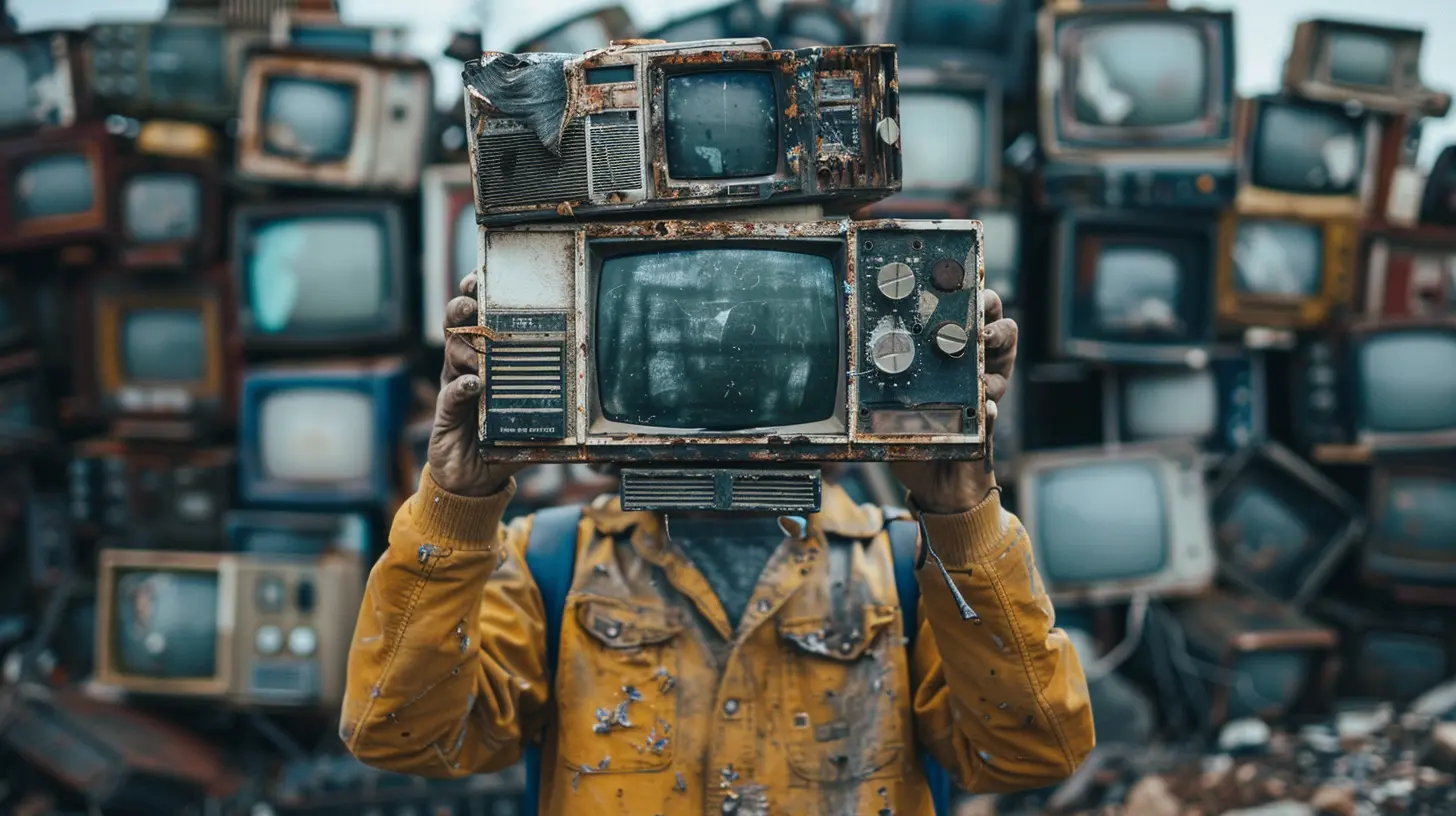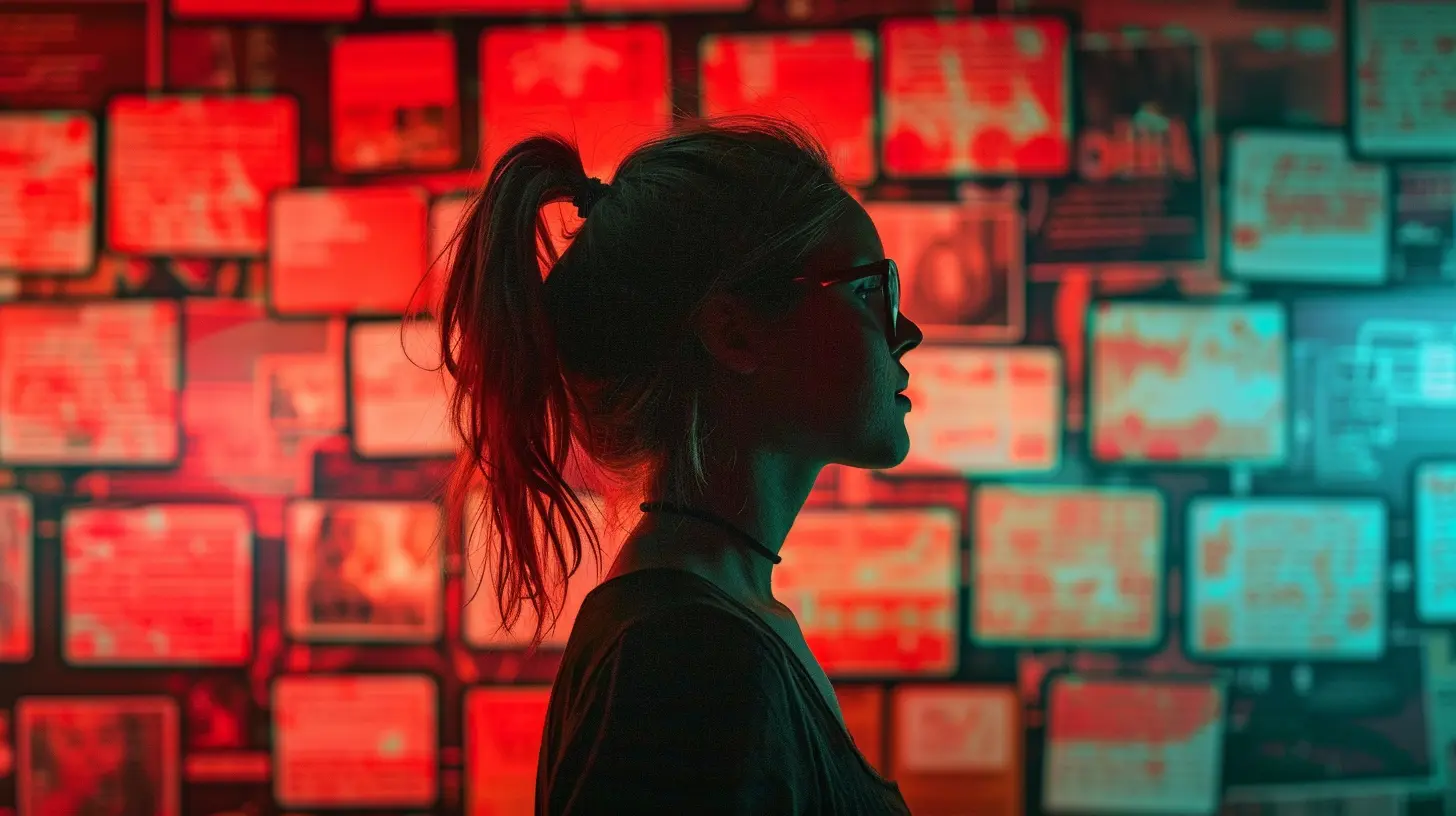The Influence of Media on Public Decision Making
16 June 2025
Media is everywhere. It influences how we think, what we believe, and even how we make decisions. Whether it's the news we watch, the social media feeds we scroll through, or the advertisements we see, media plays a massive role in shaping public opinion. But have you ever stopped to wonder just how much it affects our choices? From politics to consumer behavior, media has a way of guiding us—sometimes without us even realizing it.

How Media Shapes Our Perception
Ever heard the phrase, "Perception is reality"? Well, in many ways, that's true. The way media presents information impacts how we see the world. If all you ever hear about a city is crime statistics, you'll likely assume it's unsafe—even if the reality is far more balanced.Media has the power to:
- Frame issues in a way that influences opinions
- Set the agenda for what’s important (also known as agenda-setting)
- Reinforce stereotypes or challenge them
- Affect emotions, which in turn, shape decision-making
Think about it: have you ever changed your opinion after reading a compelling news article or watching a documentary? That’s the media’s influence at work.

The Role of News Media in Public Decisions
When it comes to important issues like politics, policies, and social movements, the news media has an undeniable influence. But is the news really as neutral as we assume? Not always.Agenda Setting: What Media Wants You to Focus On
The news doesn't just report events—it decides which events are worth reporting. This is called agenda-setting, and it plays a crucial role in shaping what the public cares about.For example, if a news channel continuously covers a specific social issue, people start to see it as urgent. On the other hand, if an issue is rarely discussed, it might get ignored—even if it’s important.
Framing: The Way Stories Are Told Matters
Even when media covers the same event, different outlets might present it in completely different ways. This is known as framing.Let’s say two news channels report on a protest.
- One frames it as a "peaceful demonstration for human rights."
- The other calls it a "violent uprising causing chaos."
Same event, but the wording creates totally different impressions. And guess what? Those impressions shape public opinion and, ultimately, influence decisions on policies, laws, or societal norms.

Social Media: The New Power Player in Decision Making
Traditional news media still matters, but let’s be honest—social media is the real game changer. Platforms like Facebook, Twitter, Instagram, and TikTok shape public opinions faster than ever before.The Echo Chamber Effect
Ever noticed how your social media feed tends to show you content that aligns with your views? That’s no coincidence. Algorithms are designed to keep you engaged, which means they show you more of what you already agree with.This leads to echo chambers, where people are only exposed to viewpoints that reinforce their beliefs. The result? More polarization and less open-minded decision-making.
Viral Content and Misinformation
Social media spreads information at lightning speed, but not all of it is accurate. Misinformation and fake news can significantly impact public decisions, especially in areas like politics, health, and social issues.Take the COVID-19 pandemic, for example. False information about vaccines and treatments spread widely, influencing people’s choices—sometimes with dangerous consequences.
The Power of Influencers
Love them or hate them, influencers are a force to be reckoned with. Their opinions and endorsements can sway public decisions on everything from products to political movements. When an influencer with millions of followers expresses an opinion, their audience listens—and often, they act accordingly.
Advertising: The Silent Persuader
Advertising is another way media influences public decision-making. Ever bought something just because you saw an ad that made it look irresistible? That’s not an accident.Advertisers use psychological tactics to influence consumer behavior:
- Scarcity ("Limited Time Offer!") – Creates urgency and FOMO (Fear of Missing Out)
- Social Proof ("Bestseller!" or "Over 1 Million Sold") – Makes people think, "If everyone else is buying it, it must be good"
- Emotional Appeal – Ads that make you feel something are more likely to influence your decisions
And it's not just about products. Political ads, public service announcements, and social campaigns all use similar tactics to influence opinions and actions.
The Consequences of Media Influence
The impact of media on decision-making isn’t always negative, but it does come with risks.Increased Polarization
With different media outlets presenting issues in different ways, people tend to gravitate toward the ones that align with their existing views. Over time, this leads to a more divided society where people struggle to see opposing perspectives.Emotional Manipulation
Media isn’t just about facts—it’s about emotions. Dramatic headlines, shocking images, and emotionally charged language can make people react impulsively rather than thinking critically.Reduced Critical Thinking
With information just a click away, people sometimes accept what they see without questioning it. This can lead to misinformation spreading and poor decisions being made based on inaccurate or biased content.
How to Think Critically About Media Influence
Media isn’t inherently bad, but it’s important to approach it with a critical mind. Here’s how you can be a smarter consumer of media:- Check multiple sources. Don’t rely on just one news outlet or social media platform for information.
- Be aware of bias. Every media source has some level of bias—recognizing it helps you think more objectively.
- Fact-check before sharing. Spreading false information only amplifies the problem.
- Challenge your own views. Engage with different perspectives to avoid living in an echo chamber.
- Take a break. Constant exposure to media can be overwhelming—sometimes, unplugging is the best decision you can make.
Final Thoughts
Media plays a massive role in shaping public decision-making, whether we realize it or not. From news and social media to advertising and influencers, the content we consume guides our thoughts, emotions, and actions. The key to making informed decisions isn’t to avoid media—it’s to engage with it critically and thoughtfully.So next time you're scrolling through your feed or watching the news, ask yourself: Am I thinking for myself, or is the media thinking for me?
all images in this post were generated using AI tools
Category:
Decision MakingAuthor:

Matilda Whitley
Discussion
rate this article
2 comments
Pilar McGonagle
Media shapes perceptions and biases, significantly impacting public decision-making by framing issues and influencing emotional responses. Critical awareness is essential.
September 26, 2025 at 3:20 AM

Matilda Whitley
Thank you for your insightful comment! I completely agree that critical awareness of media framing is vital for informed decision-making.
Kael Brooks
Media shapes perceptions; critical thinking empowers informed decisions.
June 16, 2025 at 4:08 AM

Matilda Whitley
Absolutely! Critical thinking is essential for navigating media influence and making informed choices.


